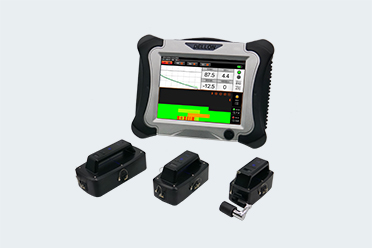Pulsed eddy current refers to the generation of eddy currents in an electromagnetic field in a high-frequency alternating manner. It has characteristics that are different from traditional eddy currents, such as high sensitivity, high resolution, and strong deep flaw detection capabilities. So, what is the development history of pulse eddy current?
1.The origin of pulse eddy currents
In the 1950s, with the rapid development of electronic technology, people began to study the properties of high-frequency fields, which also laid the foundation for the generation of pulse eddy currents. At that time, some engineers in the United States began to generate current pulses on metal surfaces, which eventually developed into pulsed eddy current technology.
2.Application of pulsed eddy current in material testing
The high resolution and deep flaw detection capabilities of pulsed eddy current make it a popular technology in the field of materials testing. Through pulsed eddy current technology, defects, cracks, fatigue and other problems within materials can be detected non-destructively.
3.Application of pulsed eddy current in precision machining
Pulsed eddy current technology can be used for precision machining of metal surfaces. The most typical application is to repair defects such as cracks on the surface of certain precision components.
4.Application of pulse eddy current in environmental protection
Pulsed eddy current can also be used in the field of environmental protection, mainly for detecting impurities, metal ions and other harmful substances in liquid media such as chemical wastewater and liquefied gas.
5.Application of pulsed eddy current in the field of new energy
Pulsed eddy current detectors can detect solar cell faults by detecting changes in magnetic fields. At the same time, the degree of damage to power systems such as wind power generation and hydropower generation can also be detected.
6.The future development of pulsed eddy current
In the future, pulsed eddy current technology will play a greater role. For example, when applied to the medical field, pulsed eddy current technology can achieve precise lesion detection and provide doctors with a more accurate reference.
In short, pulsed eddy current, as a very important new technology, is widely used in various fields, and the future prospects are very broad.

